13 Lemon Flavors from Around the World
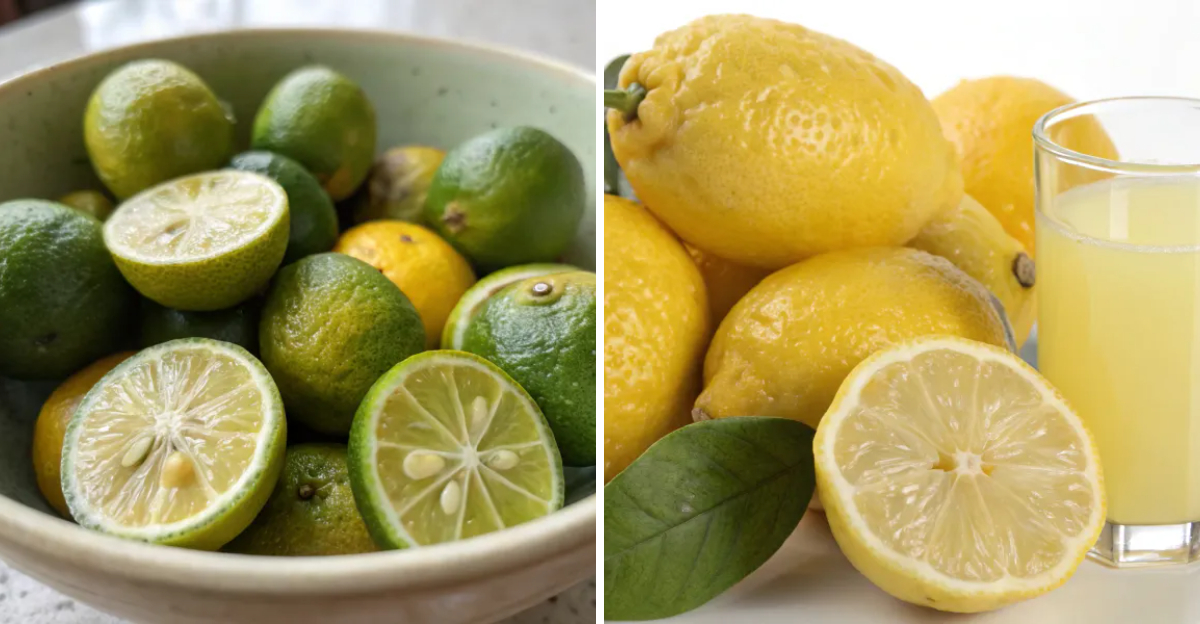
Lemons aren’t just yellow and sour – they come in versatile varieties with different tastes, sizes, and uses. From the sweet Meyer lemons of California to the aromatic yuzu of Japan, each type brings something different to kitchens worldwide. These citrus fruits have traveled across continents, adapting to local climates and developing their own characteristics. Let’s explore 13 lemon varieties that show just how diverse this common fruit can be.
1. Meyer Lemon
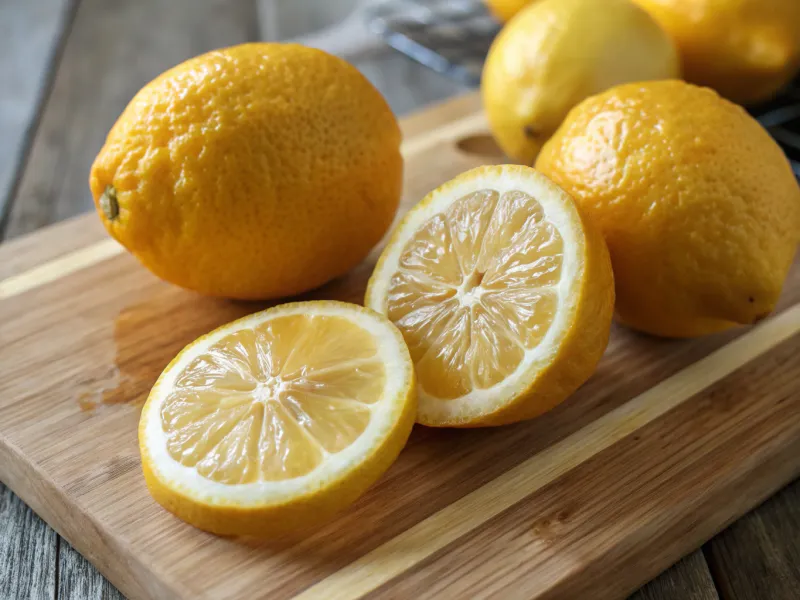
California’s Meyer lemon is nature’s sweetest citrus. This hybrid between a lemon and mandarin orange produces fruit that’s smaller than regular lemons but packs more flavor complexity. The thin, smooth skin ranges from bright yellow to orange, making it easy to zest. Inside, the flesh offers less acid than traditional lemons, with a floral sweetness that works well in both sweet and savory dishes. Home cooks love using Meyer lemons in salad dressings, marinades, and baked foods. The juice adds brightness without overwhelming tartness, while the zest provides aromatic oils that enhance any recipe.
2. Eureka Lemon
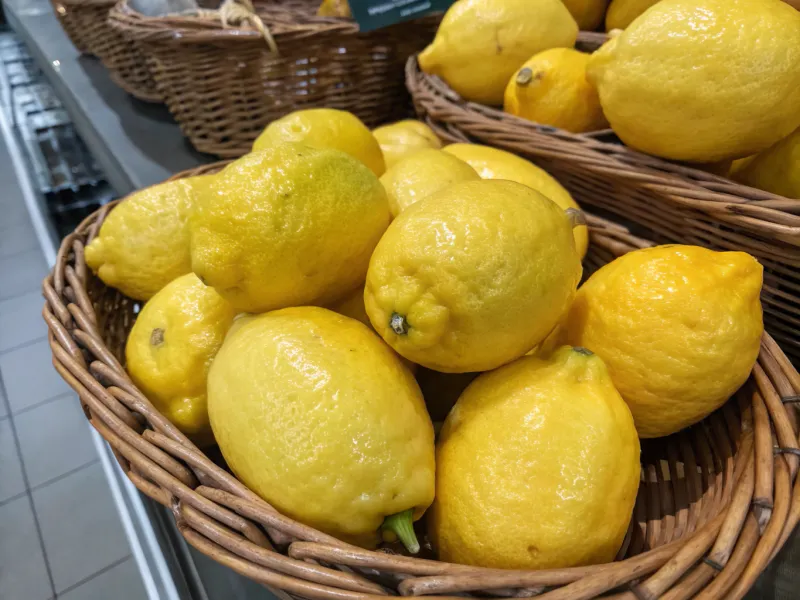
Walk into any grocery store, and you’ll likely find Eureka lemons filling the produce bins. These classic yellow fruits represent what most people picture when they think of lemons. Originally from California, Eureka lemons grow year-round and feature thick, bright yellow skin with a bumpy texture. The flesh inside bursts with tart, acidic juice exactly what you want for lemonade or cleaning solutions. Bakers rely on Eureka lemons for their consistent acidity levels in recipes. The thick skin also provides plenty of zest, while the abundant juice works well for marinades, cocktails, and preserving other foods.
3. Lisbon Lemon
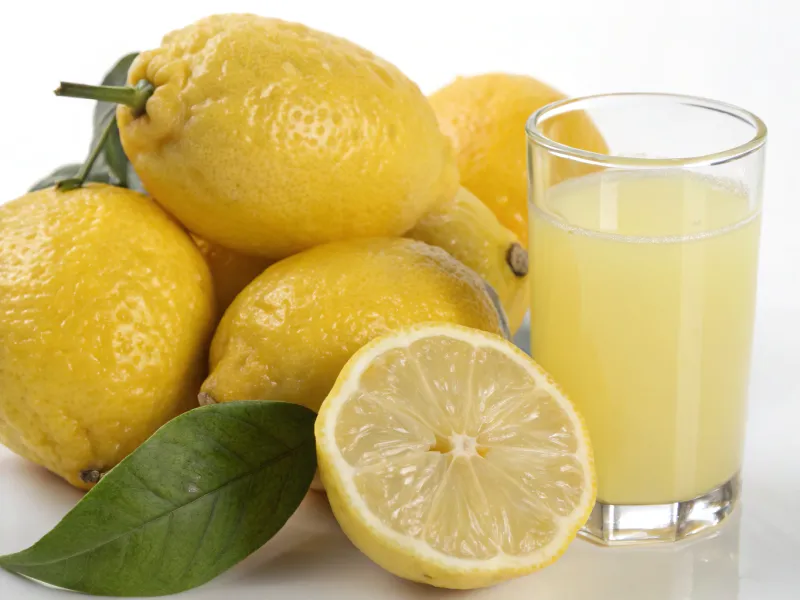
Portugal gave the world Lisbon lemons, though they now grow successfully in warm climates everywhere. These lemons look similar to Eureka varieties but offer their own personality in the kitchen. The thick, glossy skin protects juicy flesh that’s intensely tart and acidic. Lisbon lemons produce more juice per fruit than many other varieties, making them favorites for commercial juice production and home canning projects. Professional chefs appreciate how Lisbon lemons maintain their sharp flavor even when cooked. The robust acidity cuts through rich foods like fish, chicken, and creamy sauces, while the abundant zest adds bright flavor to desserts and savory dishes alike.
4. Citron de Menton
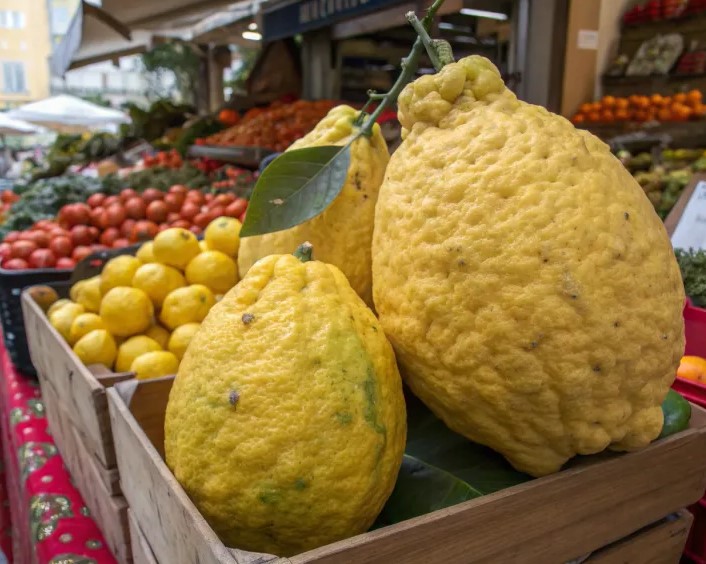
France’s Menton region produces some of the world’s most prized lemons. These giants can grow as large as grapefruits, with thick, bumpy rinds that hide intensely flavored flesh inside. The rough, dimpled skin contains oils so fragrant they perfume entire rooms. French pastry chefs have used these lemons for centuries in traditional desserts, jams, and candied peels that showcase the fruit’s complex flavor profile. What makes Citron de Menton is the balance between the thick, aromatic rind and the tart flesh. Cooks use both parts the zest for its intense oils and the juice for its sharp acidity that brightens heavy French sauces and rich desserts.
5. Yuzu Lemon
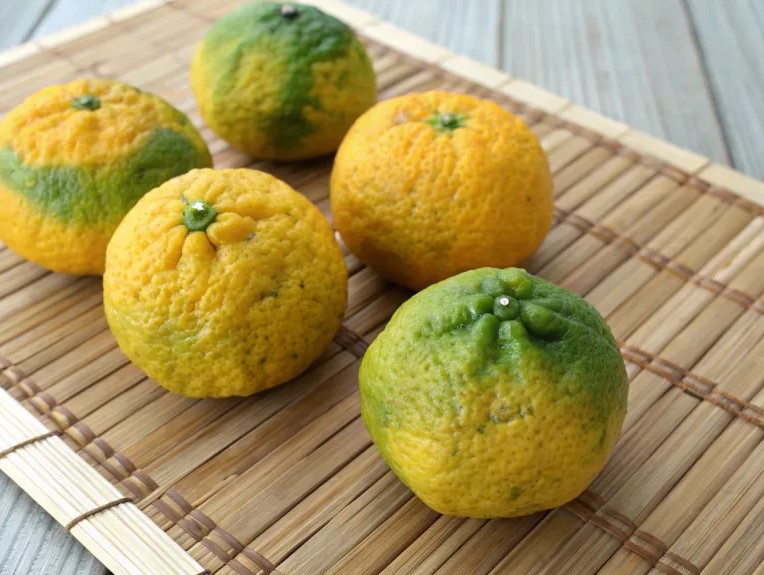
Japan’s yuzu brings floral complexity to the citrus world. These small, round fruits look more like golf balls than traditional lemons, with rough, bumpy skin that ranges from green to yellow depending on ripeness. The flavor profile sets yuzu apart from other citrus. While tart like lemons, yuzu adds floral and herbal undertones that make dishes more complex and interesting. Japanese cooks use both the juice and zest in everything from sauces to soups. Korean cuisine also uses yuzu, especially in teas and marinades. The fruit’s ability to enhance both sweet and savory dishes without overwhelming other flavors makes it valuable for creating balanced, layered tastes in Asian cooking traditions.
6. Kaffir Lime
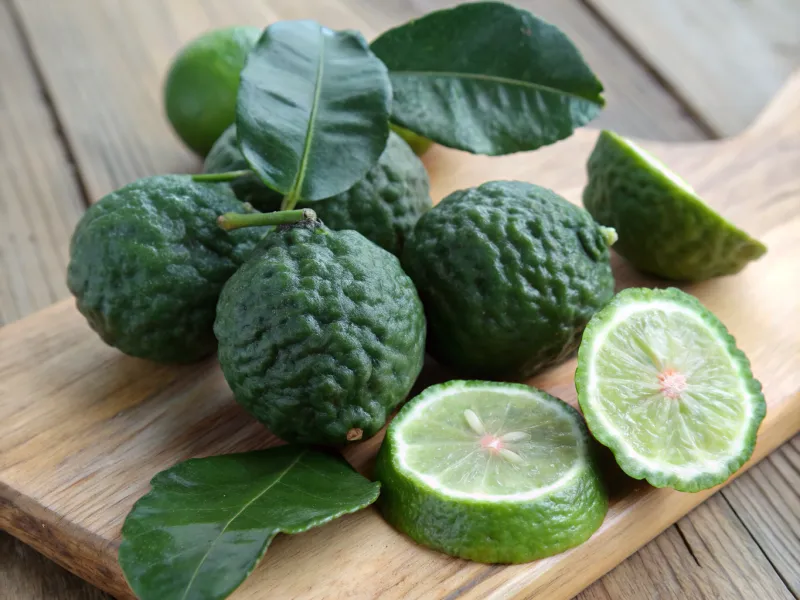
Southeast Asia’s kaffir lime brings intense aromatics to regional cuisines. The small, dark green fruits have bumpy skin that looks almost prehistoric, but the real treasure lies in their fragrant leaves and zest. Thai and Indonesian cooks rarely use kaffir lime juice, focusing instead on the zest and leaves. The double leaves release citrus oils when torn or chopped, adding bright, lemony fragrance to curries, soups, and stir-fries without adding liquid. The bumpy skin contains oils so concentrated that just a small amount of zest transforms entire dishes. Home cooks can find kaffir limes in Asian markets, where both the fruits and leaves are sold fresh or frozen for cooking.
7. Femminello St. Teresa Lemon
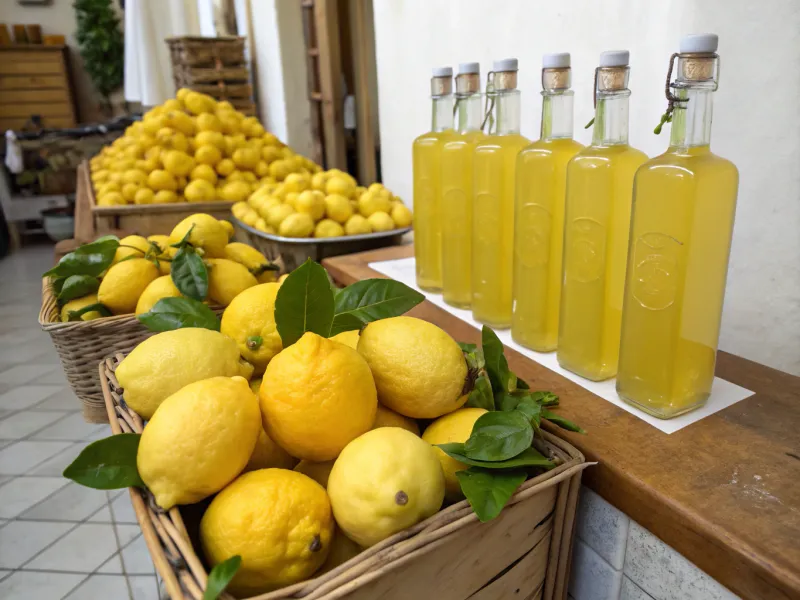
Italy’s Sorrento peninsula is known for producing lemons with an unusual fragrance. Femminello St. Teresa lemons, also called Sorrento lemons, grow in the volcanic soil near Mount Vesuvius, developing intense flavors that define Italian cuisine. These medium-sized lemons have thin, oily skin packed with aromatic compounds. The flesh provides plenty of juice, but the real prize is the zest, which Italian cooks use to flavor dishes from pasta sauces to gelato. Limoncello production depends entirely on these lemons. The thick, oily peels infuse with such lemon flavor that just a small glass captures the essence of the Italian coast. Home cooks can use the zest to bring authentic Italian flavors to their own kitchens.
8. Limone Costa d’Amalfi
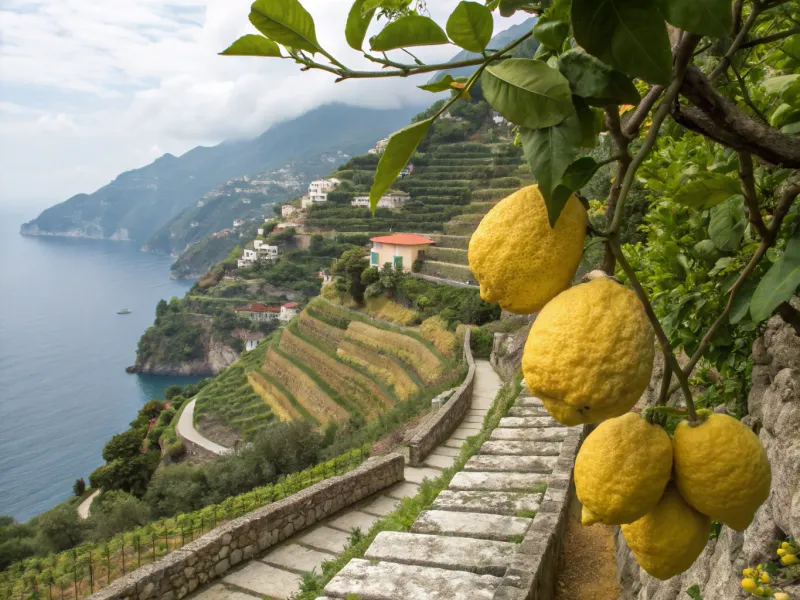
Italy’s Amalfi Coast produces lemons large lemons. These giants can weigh over a pound each, with thick, rough skin that protects juicy flesh inside. The terraced lemon groves clinging to coastal cliffs create ideal growing conditions. Sea breezes and Mediterranean sunshine concentrate flavors, producing lemons with intense tartness balanced by subtle sweetness that makes them suitable for both cooking and eating fresh. Local families have grown these lemons for generations, using traditional methods that preserve the fruit’s quality. The thick rinds provide abundant zest for cooking, while the generous juice content makes these lemons valuable for both culinary uses and traditional Italian liqueurs that capture coastal flavors.
9. Ponderosa Lemon
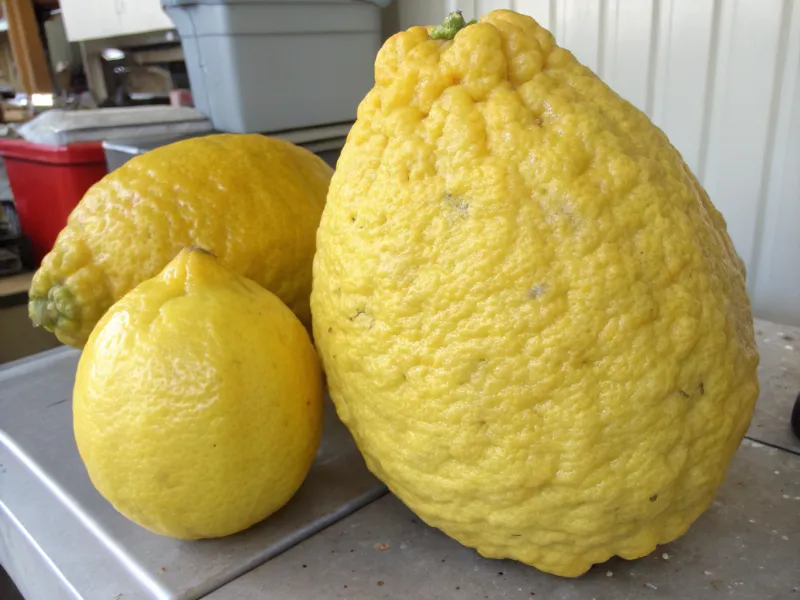
Size plays a role when discussing Ponderosa lemons. These fruits result from crossing lemons with citrons, making citrus that can weigh several pounds and dwarf regular lemons in comparison. The thick, bumpy skin protects flesh that’s extremely tart and acidic. While the size might suggest sweet, mild flavor, Ponderosa lemons pack intense sourness that requires careful handling in recipes to avoid overwhelming other ingredients. Home gardeners often grow Ponderosa lemons as novelty plants. The abundant zest works well in small quantities for flavoring, while the copious juice needs dilution for most culinary applications due to its acidity levels.
10. Kagzi Lime
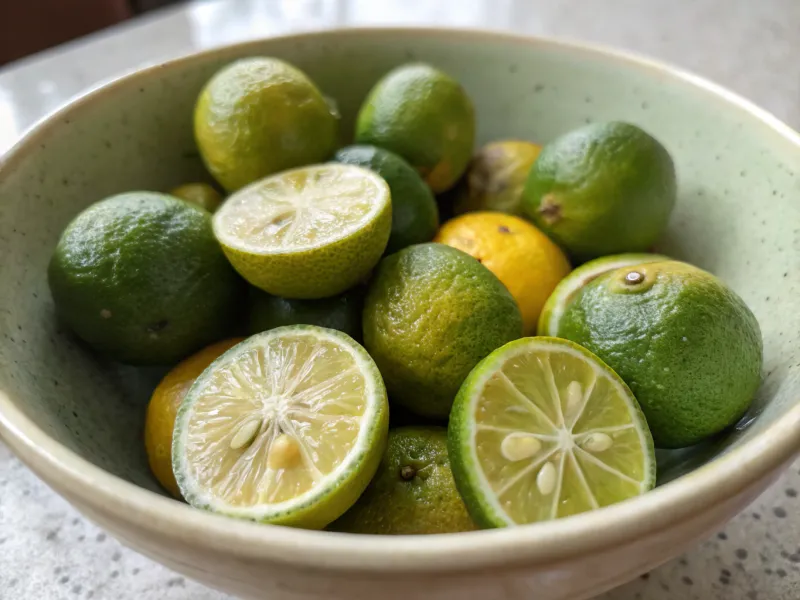
Southeast Asia’s Kagzi lime, also called Calamansi. These tiny citrus fruits, barely larger than grapes, pack complex flavors that combine sourness with unexpected sweetness. The thin, smooth skin ranges from green to yellow-orange when ripe. Inside, the flesh offers a taste profile that’s simultaneously tart and sweet, with floral fragrance that make it different from any other citrus variety. Filipino and Malaysian cooks use Kagzi limes in countless ways – from marinades and dipping sauces to drinks and desserts. The balanced flavor means these little fruits can enhance dishes without the harsh acidity of larger lemons, making them suitable for delicate preparations and refreshing beverages.
11. Lamas Lemon
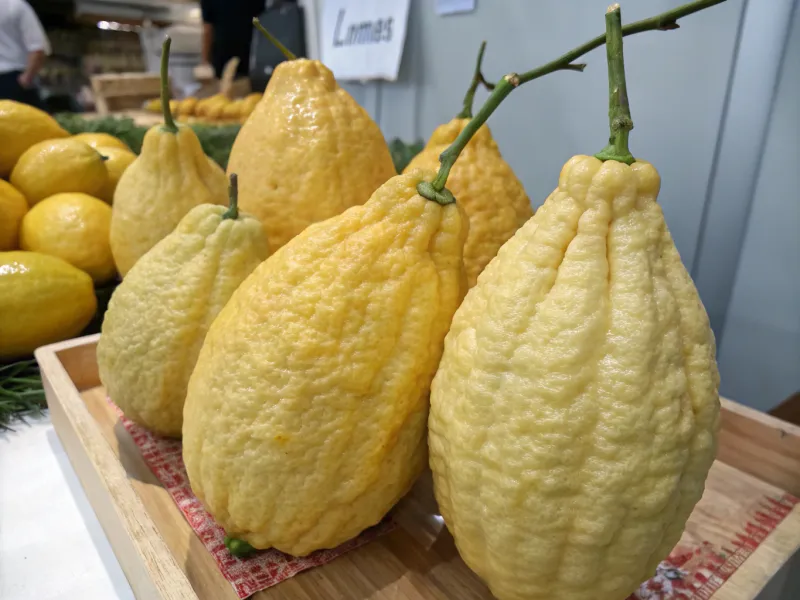
This hybrid between mandarin oranges and citrons produces fruit with an odd, elongated shape that doesn’t look quite like other citrus varieties. The thin, bumpy skin covers pale yellow flesh that offers moderate tartness without the intense acidity of traditional lemons. This makes Lamas lemons easier to use in recipes where you want citrus flavor without overwhelming sourness. Adventurous cooks appreciate how Lamas lemons work in both sweet and savory applications. The balanced acidity enhances salad dressings and marinades, while the mild tartness complements desserts and drinks without requiring additional sweeteners to balance the flavor profile.
12. Lapithkiotiki Lemon
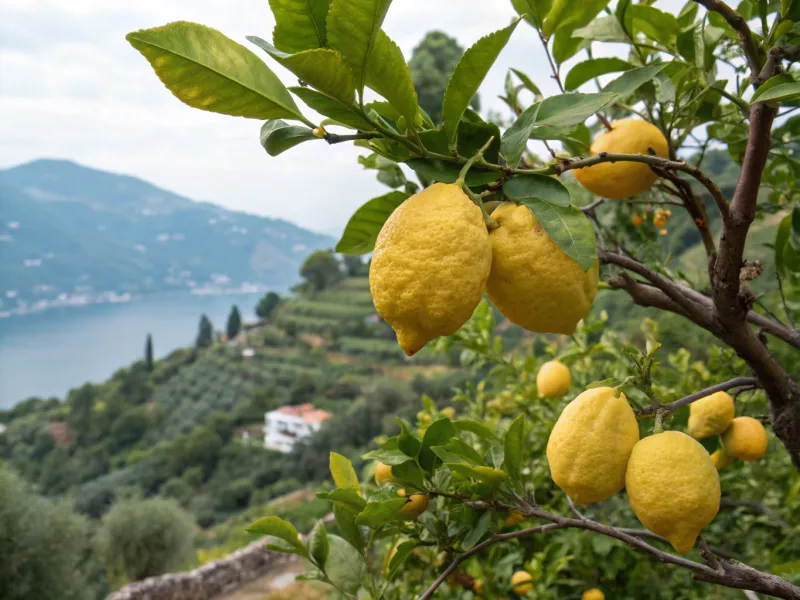
Greece’s islands produce Lapithkiotiki lemons that displays Mediterranean sunshine. These medium fruits develop intense flavors under the Greek sun, creating citrus that’s both aromatic and flavorful. The bright yellow skin contains oils so fragrant they perfume Greek kitchens and markets. Inside, the flesh provides juice with sharp acidity balanced by subtle complexity that reflects the mineral soil of Greek islands. Traditional Greek cooking relies heavily on these lemons for authentic flavors. From avgolemon soup to grilled fish and roasted vegetables, Lapithkiotiki lemons provide the bright acidity that defines Greek cuisine. The intense aroma and balanced flavor make these lemons essential for wanting to cook genuine Greek dishes at home.
13. Hand Citron
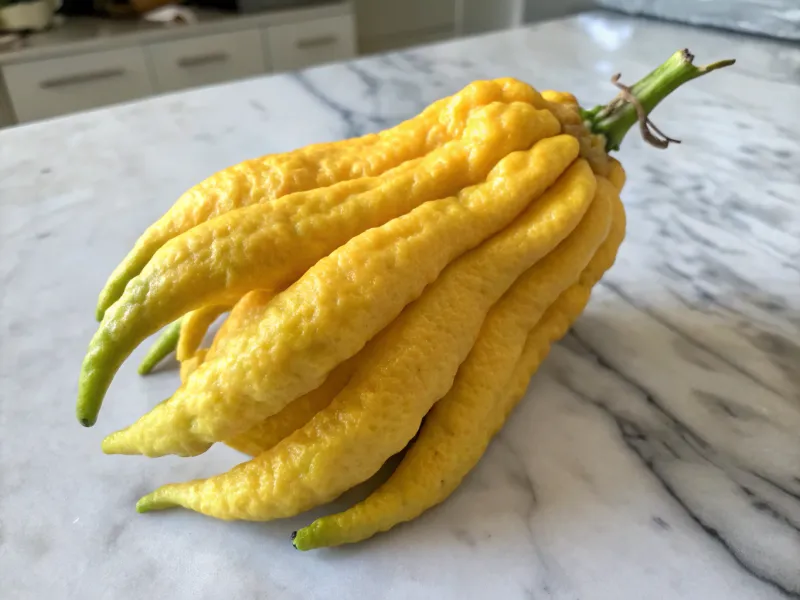
Hand citron grows in finger-like segments that extend from a central base, making fruit that looks more like a yellow hand than traditional citrus. What makes this variety fascinating is the complete absence of flesh or juice. The entire fruit consists of aromatic peel and white pith, with no pulp inside the finger-like segments that give it such an unusual appearance. Chefs prize this citrus for its intense fragrance and zesting potential. The thick, oily skin provides more aromatic zest than any other citrus variety, making it valuable for flavoring desserts, cocktails, and savory dishes where you want pure citrus essence without juice or acidity.
